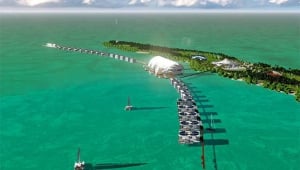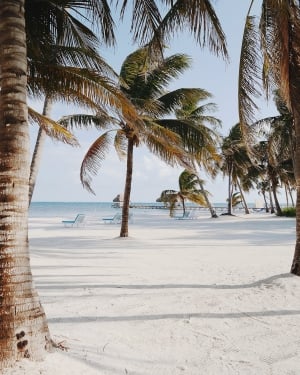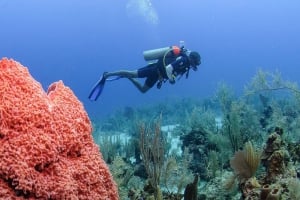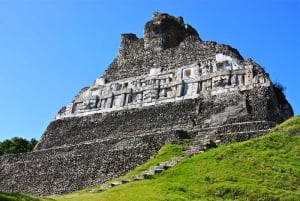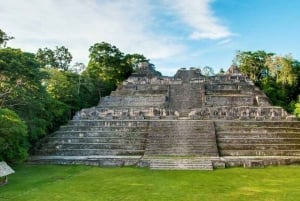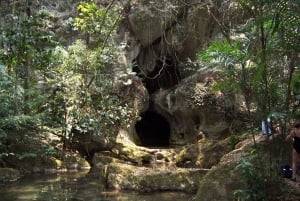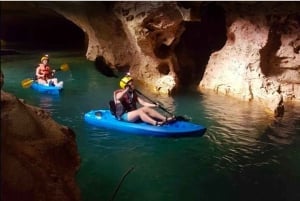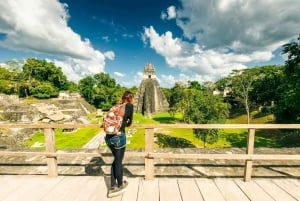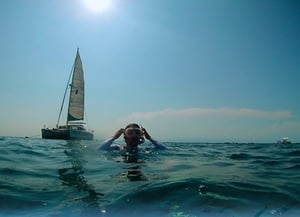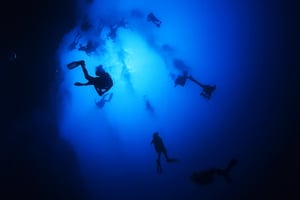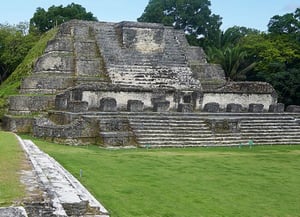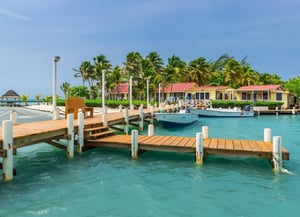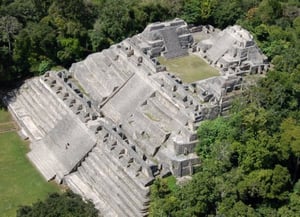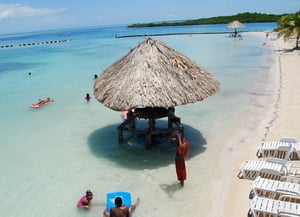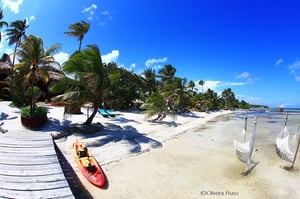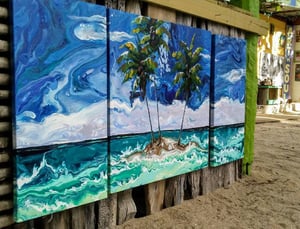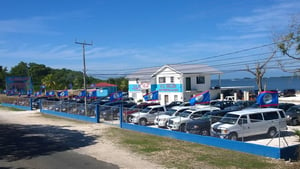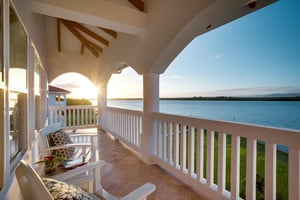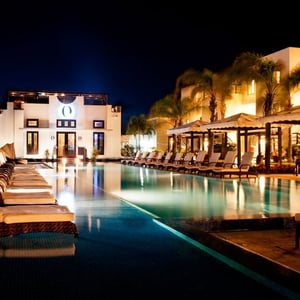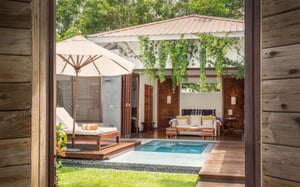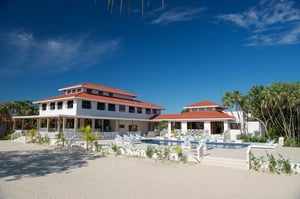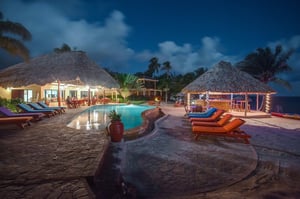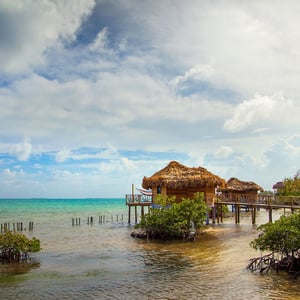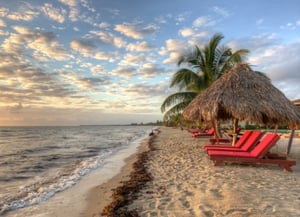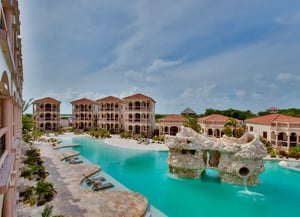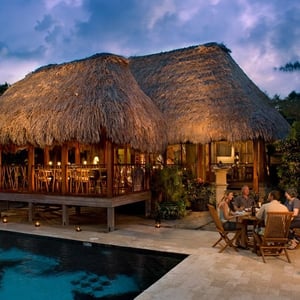Belize, Eden of the South
Sustainable tourism and desire to show itself to the world are the two concepts with which this country seeks to seduce us
Book Top Experiences and Tours in Belize:
If youʻre booking your trip to Belize last minute, we have you covered. Below are some of the top tours and experiences!- From Belize: 1-Way Shared Shuttle to Flores Peten Guatemala
- Belize City: Mayan Temple Exploration, Cave-Tube, & Zipline
- San Ignacio: Actun Tunichil Muknal (ATM) Cave Full-Day Tour
- Belize City: Cave Kayaking, Zipline and Crystal Cave Tour
- Belize: San Ignacio to/from Placencia or Hopkins Shuttle
Located in the Yucatan Peninsula, encased between Guatemala and Mexico, Belize with just 400,000 inhabitants receives a million and a half tourists per year from cruise ships and another 490,000 visitors, mostly from the United States, Europe and Canada. Tourism represents 38% of its GDP.
“Our goal is sustainable tourism. Nothing all inclusive, ”said Heredia about the 25-year strategic planning plan. Proof of this is that 70% of the territory and waters of the island are protected areas, which explains that there are only 9 thousand rooms of accommodation, distributed in 807 small boutique hotels and that all restaurants are locally owned, owned of small entrepreneurs in the country.
Unique experiences
Do you want to know something curious? The first major tourist campaign in Belize did not come from the government. The singer Madonna was the one who put Belize on the map when she fell in love with San Pedro Island in one of her visits and from there the famous song “Isla Bonita” was born, name with which that country is now known.
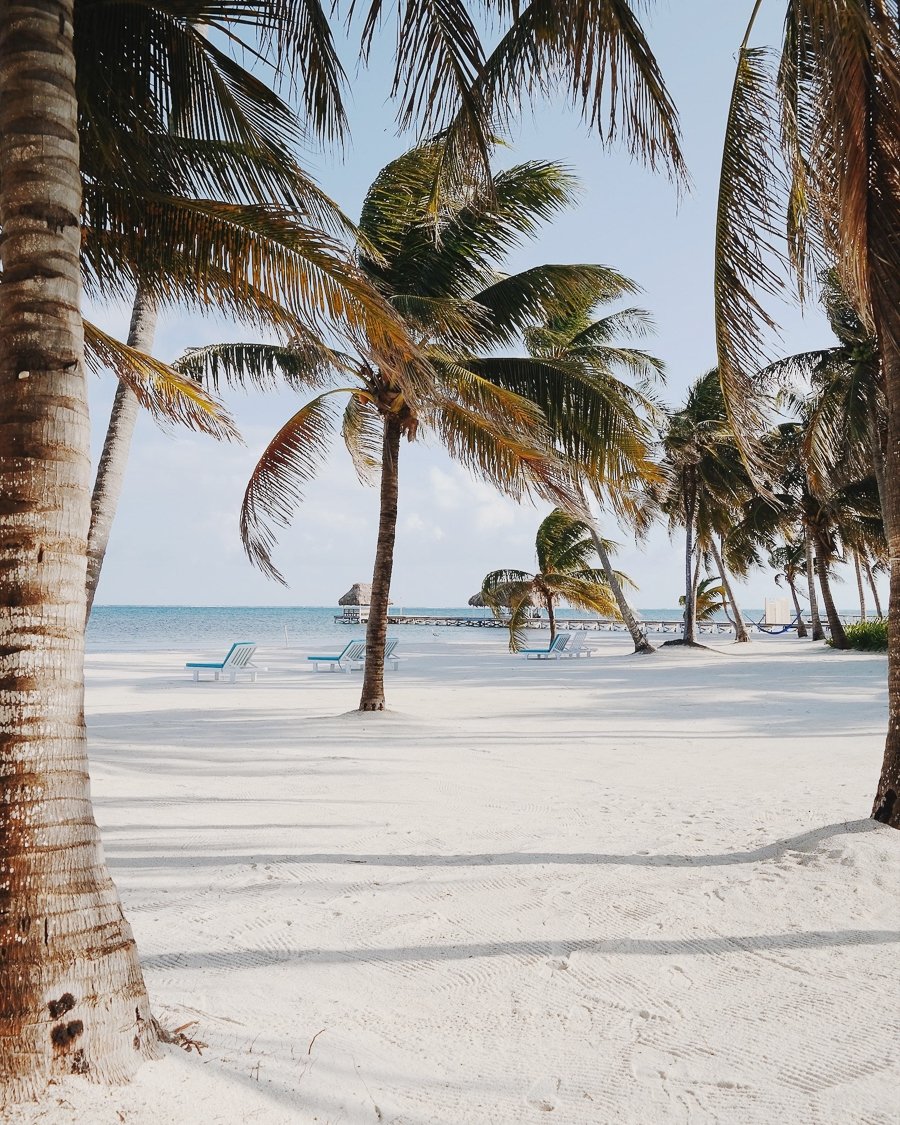 San Pedro in Belize
San Pedro in BelizeThe other great international ambassador is the actor Leonardo DiCaprio, who acquired an island in Belize to condition it following the strict sustainability regulations that is the key to tourism development in that country.

Leonardo DiCaprio’s Blackadore Caye eco-resort
"There is not a single McDonald's, Burger King or Pizza Hut in Belize," said Belize Tourism Council Director Karen Bevans, who intends to attract tourism and, above all, the Mexican because although we are close and we have so much in common as the sharing of the Mayan universe, both neighbors are unknown.
The tourist attractions of Belize are similar to those of Mexico in many aspects such as gastronomic or Mayan archeology, although it is distinguished by its Caribbean influence, more heterogeneous by its mixture of cultures, religions and ethnic diversity.
The reasons to go
The main attraction of Belize is the warmth of its people, in addition to diving, snorkeling and its cuisine focused on the ocean, with its fish, shellfish and lobsters. Belize's cuisine is inspired by Mexican and Caribbean food and very little in Anglo-Saxon, despite having been a British colony. Rice, beans, fish, vegetables, tamales, pozol and panuchos with the Caribbean touch of coconut milk and fried plantain.
,
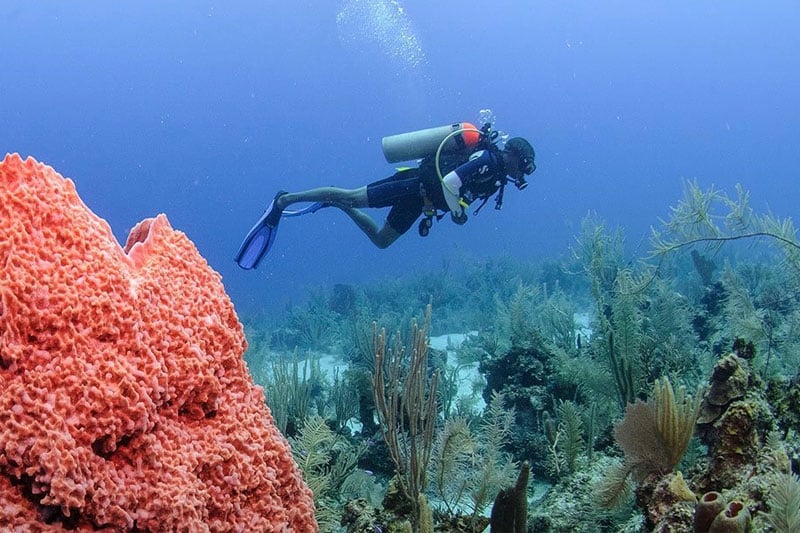 Scuba Diving & Snorekling in Belize
Scuba Diving & Snorekling in BelizeBeing part of the second largest barrier reef in the world, Belize hosts a host of marine species that can be easily seen, making it one of the most visited sites in the world to contemplate the beauty of the Great Blue Hole.
The coast is lined with coral reefs and about 450 islets and islands. Three of the four coral reefs in the Western Hemisphere are located off the coast of Belize.
There are also majestic archeological sites in the middle of the jungle to enter the Mayan culture such as Actun Tunichil Muknal or Xunantunich and the Che Chem Ha, Blue Creek and Tiger Cave caves, treasures that are just 10% of the archeological sites explored so far .
Because it's different?
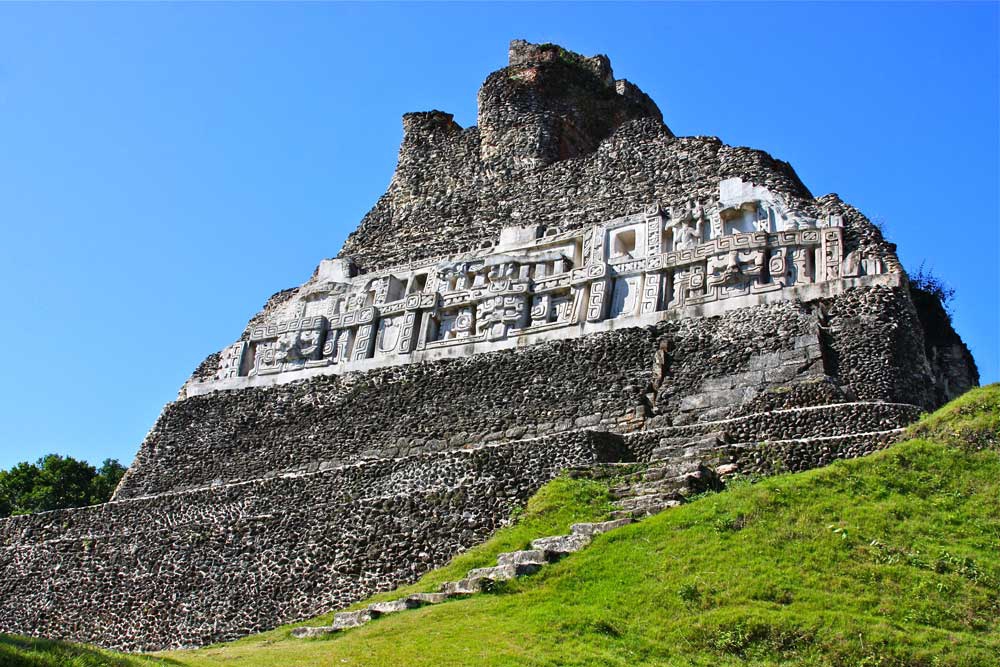
Xunantunich
From the first Mayan settlers, to the Creoles, there is a great multicultural mix in the country as descendants of the slaves of the "baymen" (the men of the bay); the Garifuna, a mixture of Africans and Caribbean natives; the Spanish, English, Scottish and Mestizo European colonizers, which originated from the mixture between the Spaniards and the Maya.
The Spanish explored the land and the territory became part of the General Captaincy of Guatemala, but chose not to colonize it due to lack of resources and strong defense of the Yucatan Peninsula. Later, English, Scottish settlers and later pirates known as the "Baymen" settled on the coast in 1638, in search of a protected area from which they could attack Spanish ships.



